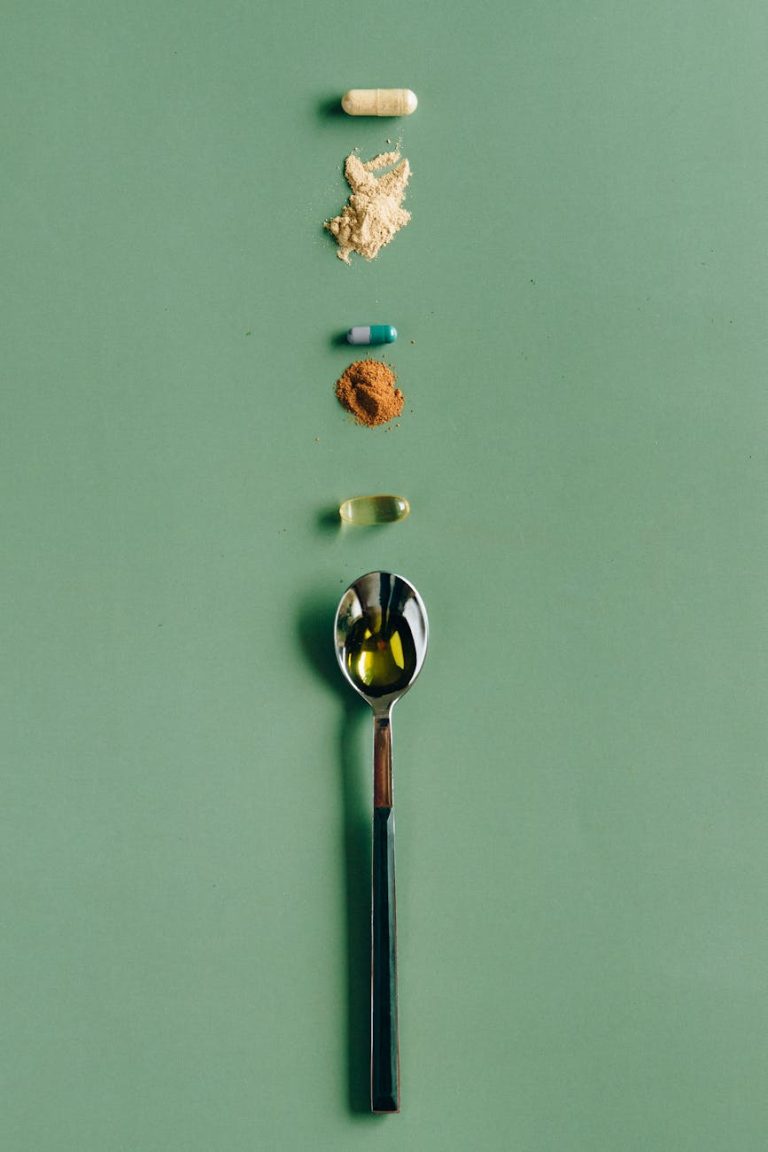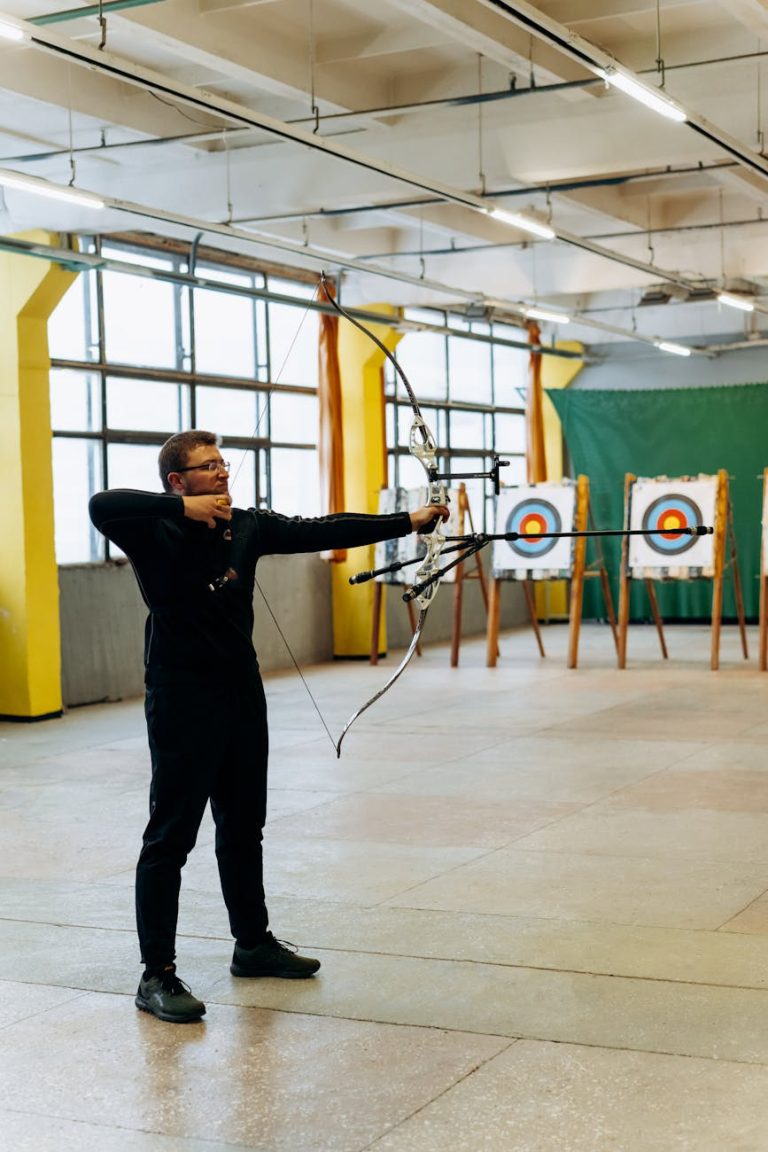Sports memorabilia holds a special place in the hearts of enthusiasts and collectors alike. From autographed jerseys to game-worn gear, these items carry a piece of sports history with them. However, the world of sports memorabilia is not without its pitfalls, as the market is flooded with counterfeit items. To ensure that your sports memorabilia collection is authentic and valuable, it is crucial to know how to authenticate these items properly. This essential guide will walk you through the process of authenticating sports memorabilia, giving you the tools you need to spot the real deal from a fake.
The Importance of Authenticating Sports Memorabilia
Before delving into the intricacies of authenticating sports memorabilia, it’s essential to understand why authentication is so crucial. Authenticity is the cornerstone of any valuable sports memorabilia piece. Without proper authentication, your item’s value can plummet, and you may be left with a worthless counterfeit. By authenticating your sports memorabilia, you not only ensure its value but also preserve the integrity of the sports memorabilia market.
How to Authenticate Sports Memorabilia
Research the Item
Start by researching the specific item you want to authenticate. This includes understanding the history of the item, its rarity, and any unique characteristics that can help verify its authenticity.
Seek Professional Authentication Services
One of the most reliable ways to authenticate sports memorabilia is to seek the expertise of professional authentication services. These services employ experts who are well-versed in the nuances of sports memorabilia and can provide you with a detailed authentication report.
Look for Certificates of Authenticity
Certificates of Authenticity (COAs) are essential documents that accompany many sports memorabilia items. These certificates are issued by reputable authentication companies and provide a guarantee of authenticity.
Examine the Item Closely
Carefully inspect the item for any signs of wear, aging, or inconsistencies that may indicate it is a counterfeit. Look for imperfections, irregularities, or discrepancies that could raise red flags.
Common Red Flags of Counterfeit Sports Memorabilia
– Poor Quality Reproduction: Counterfeit items often exhibit poor quality materials and craftsmanship.
– Missing Certificates of Authenticity: Genuine sports memorabilia is typically accompanied by proper documentation.
– Unrealistic Pricing: If the price seems too good to be true, it probably is.
– Lack of Provenance: Authentic items usually come with a documented history of ownership.
By familiarizing yourself with these red flags and following the steps outlined in this guide, you can authenticate your sports memorabilia with confidence. Remember, investing in authentic pieces not only safeguards your collection’s value but also honors the integrity of sports history.




